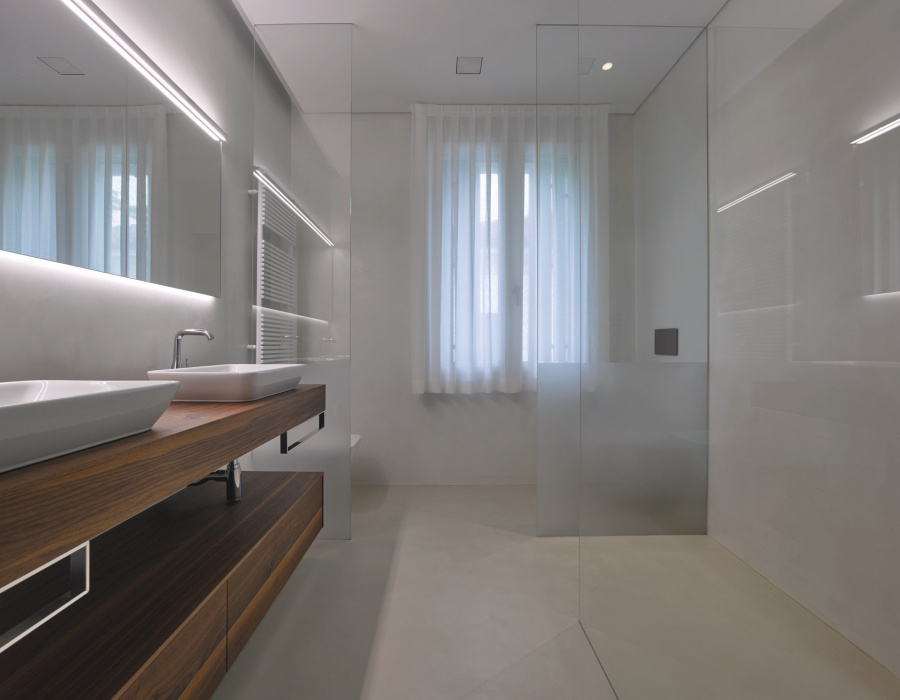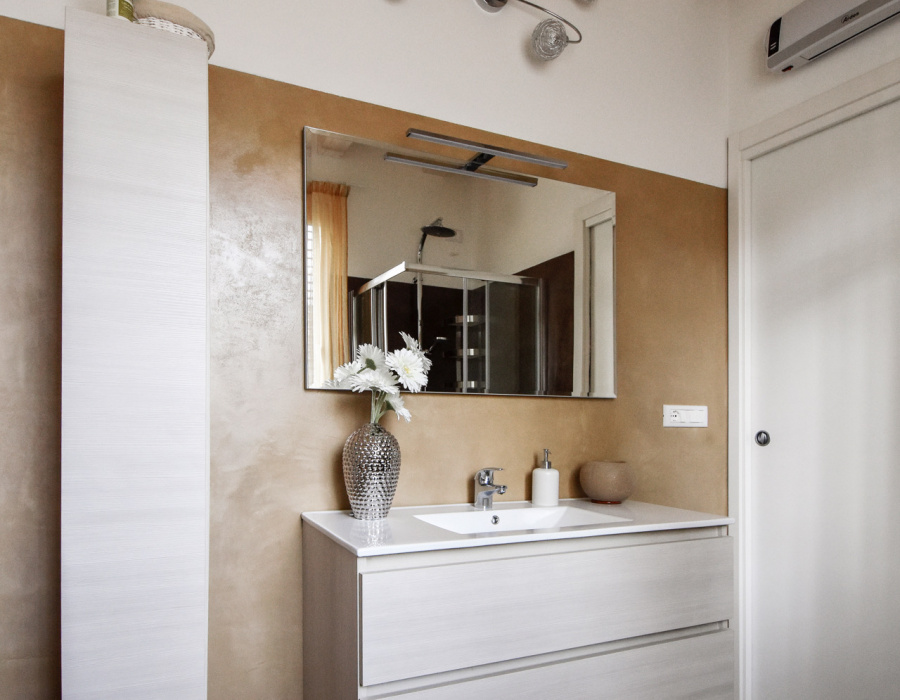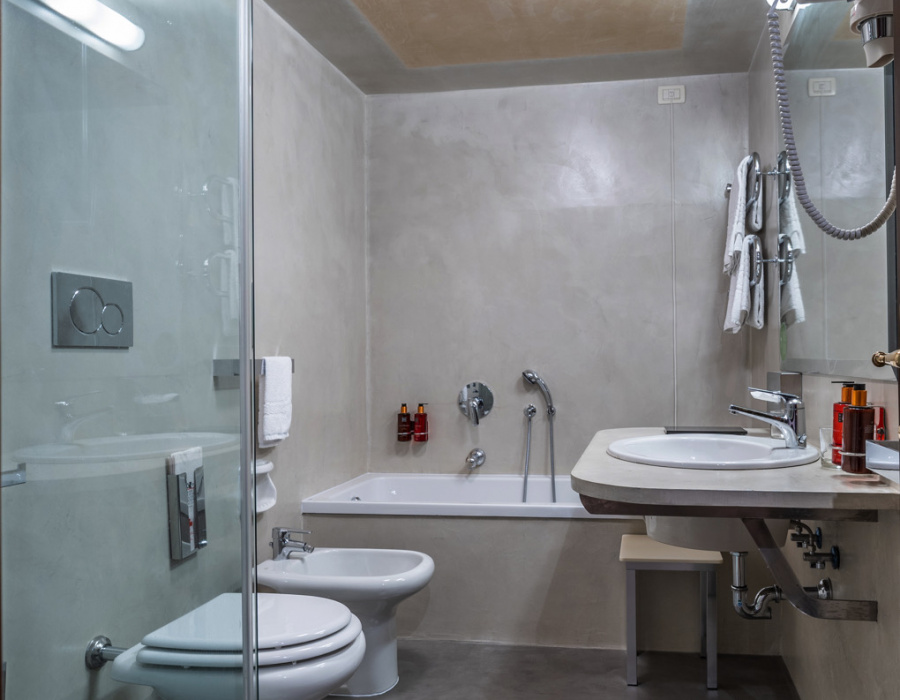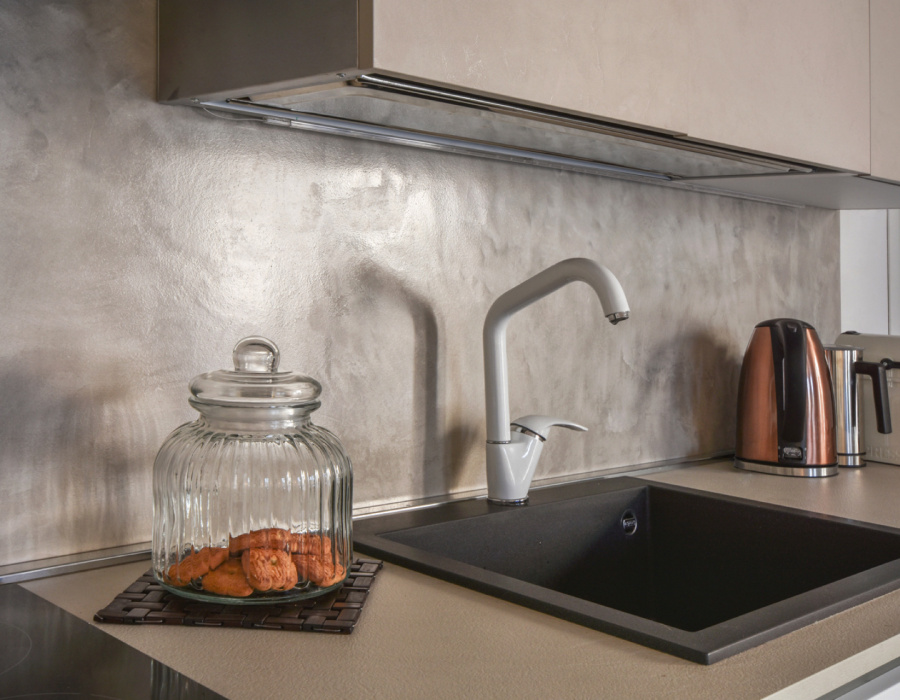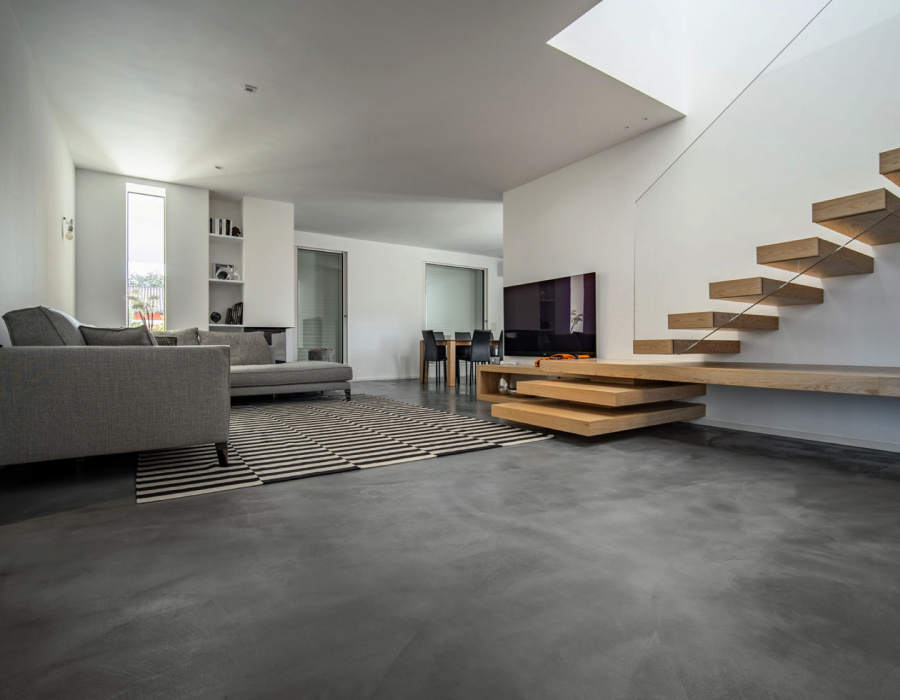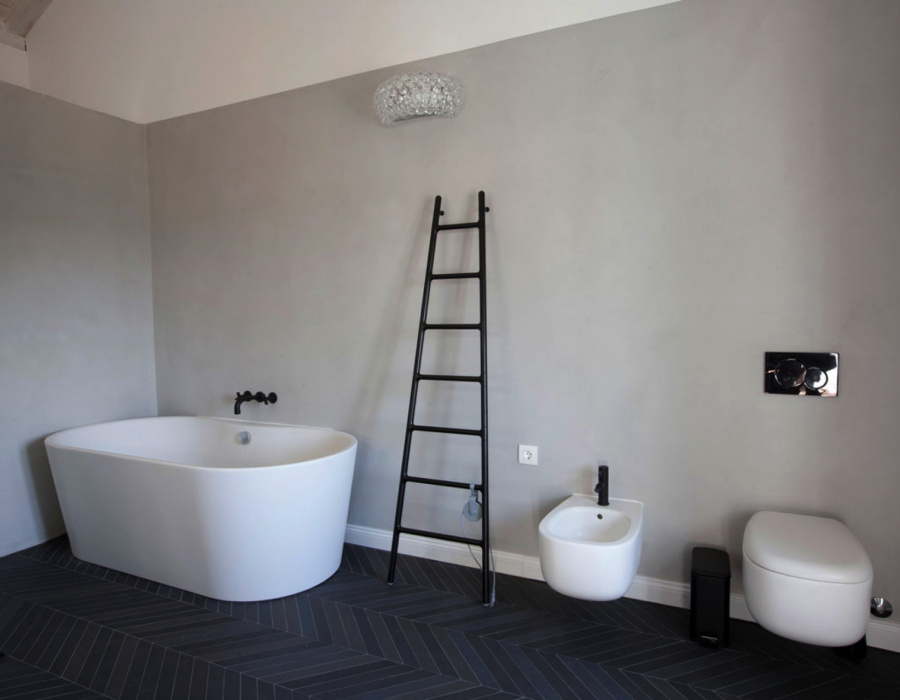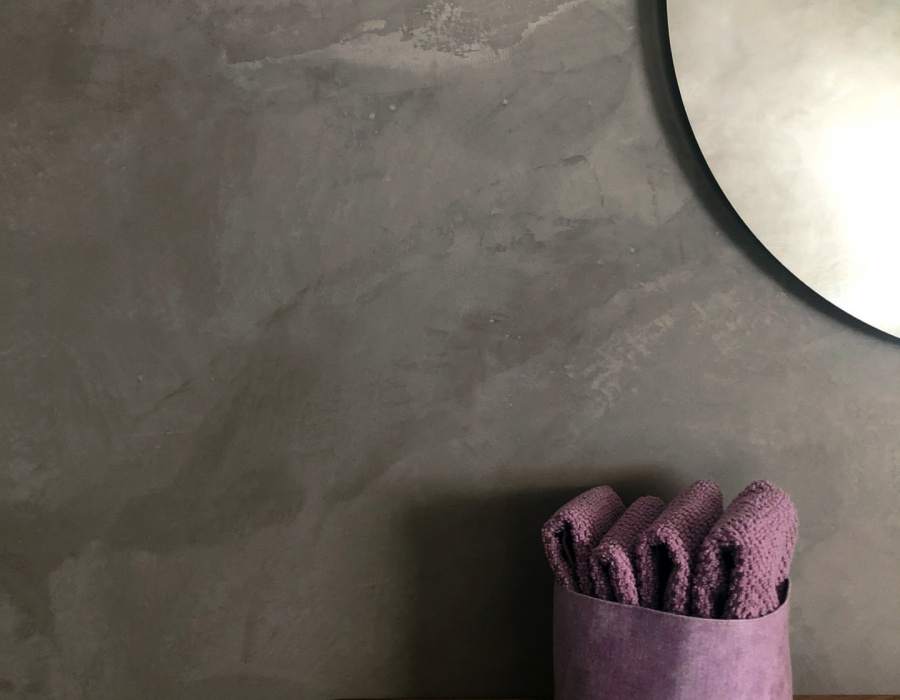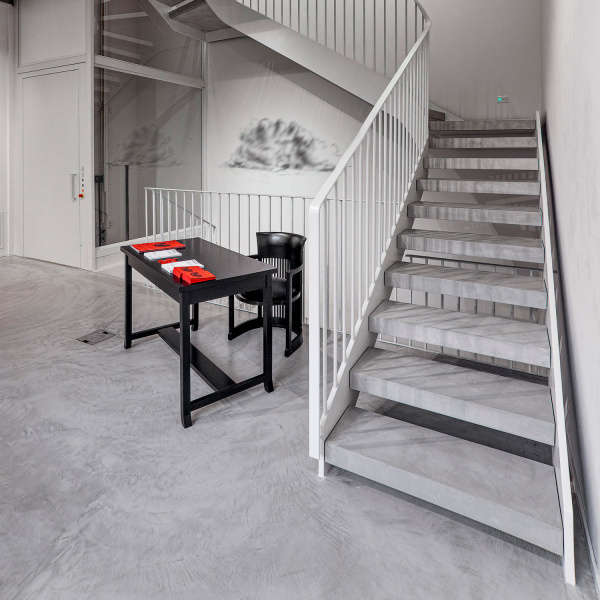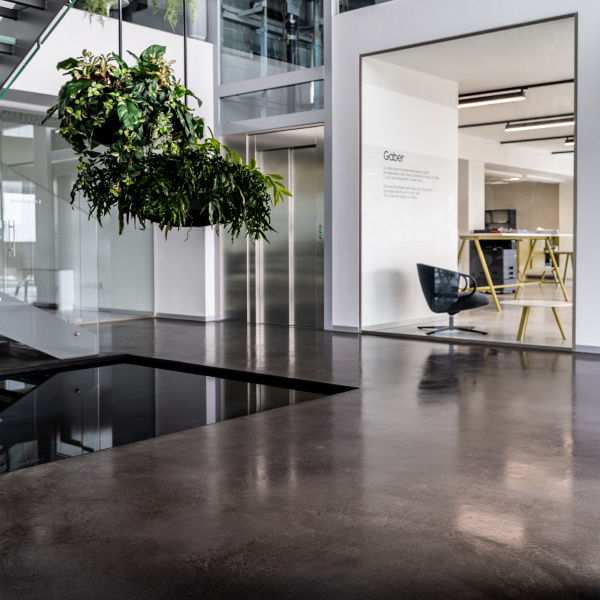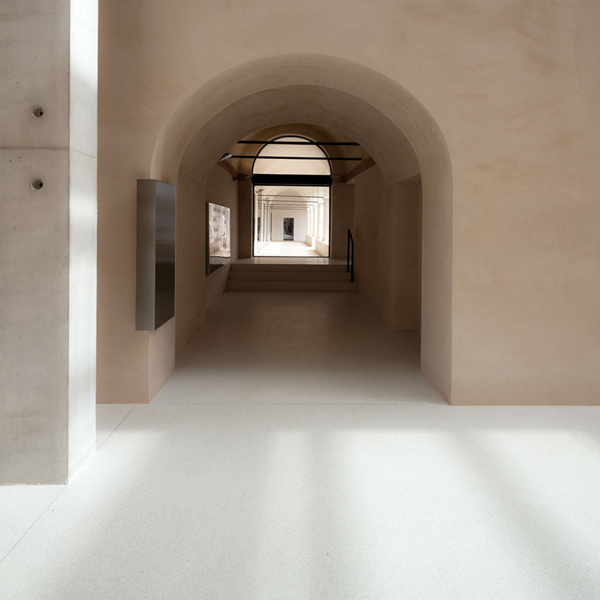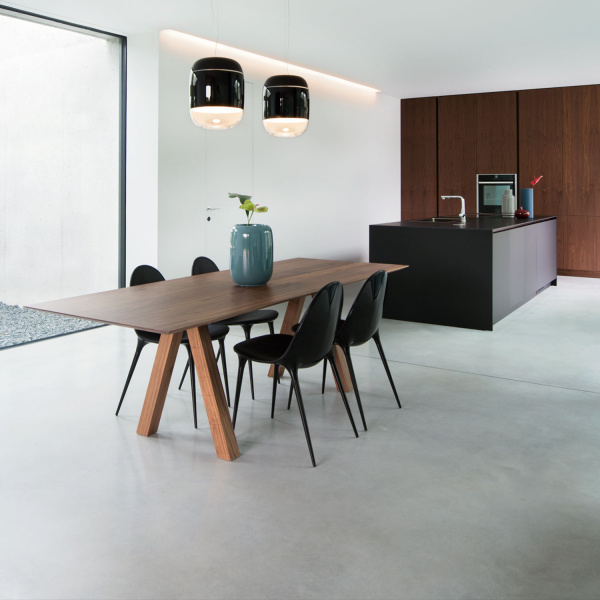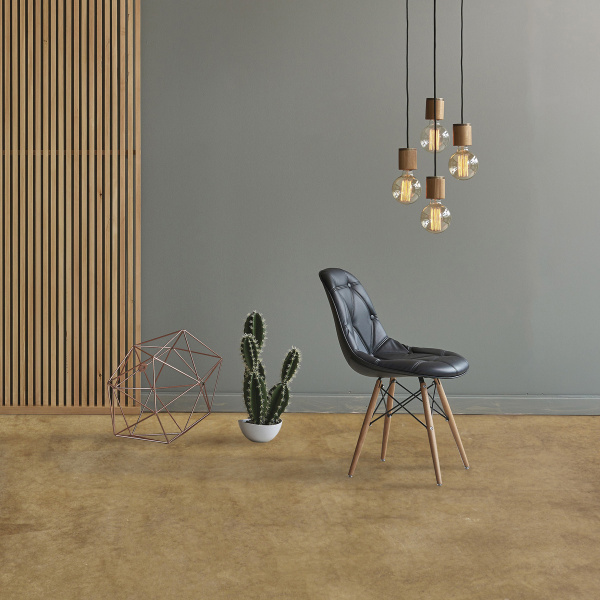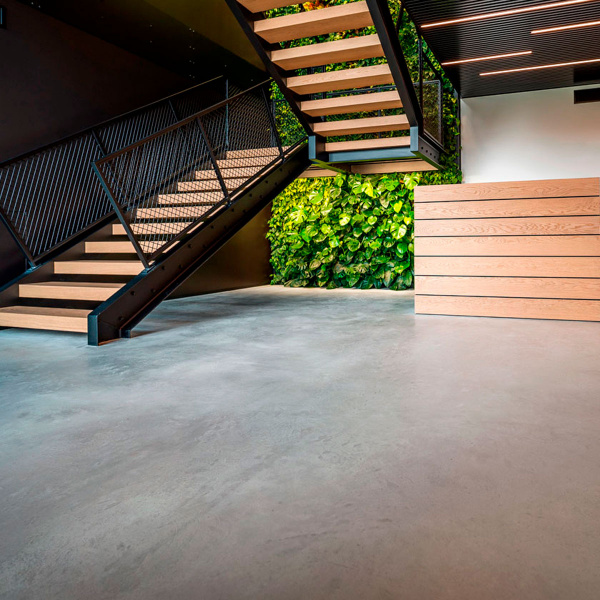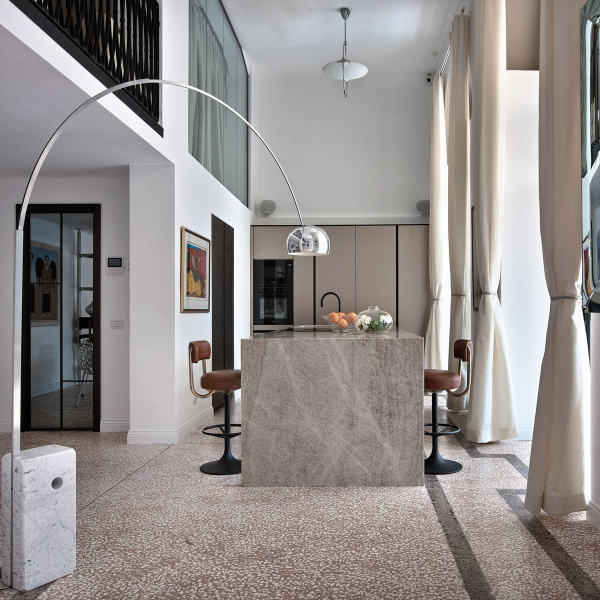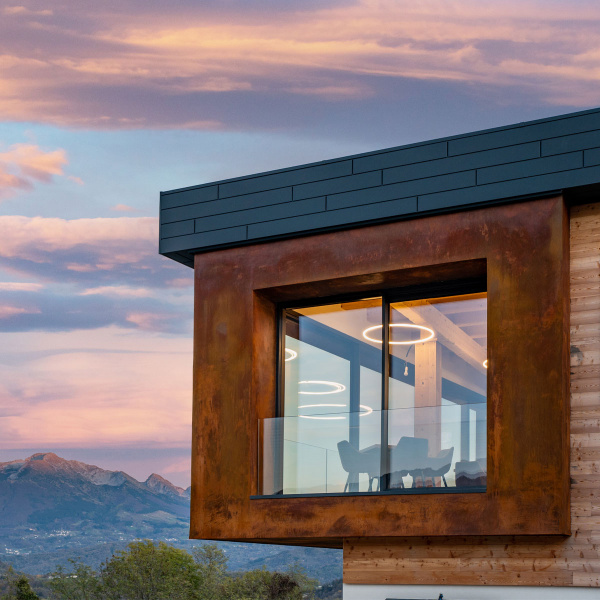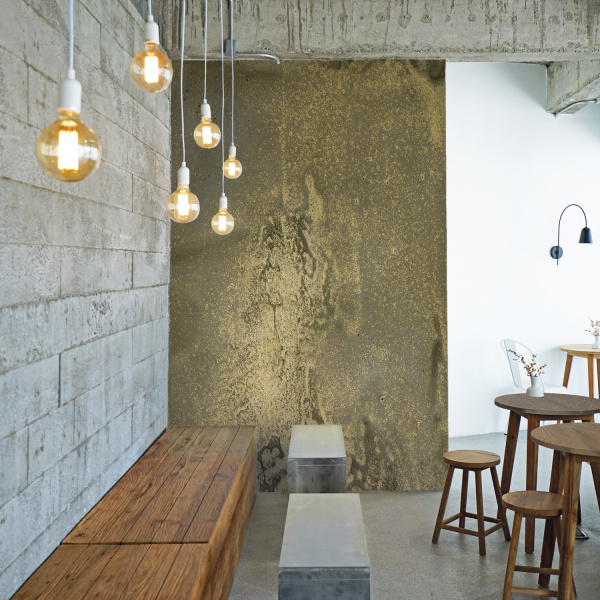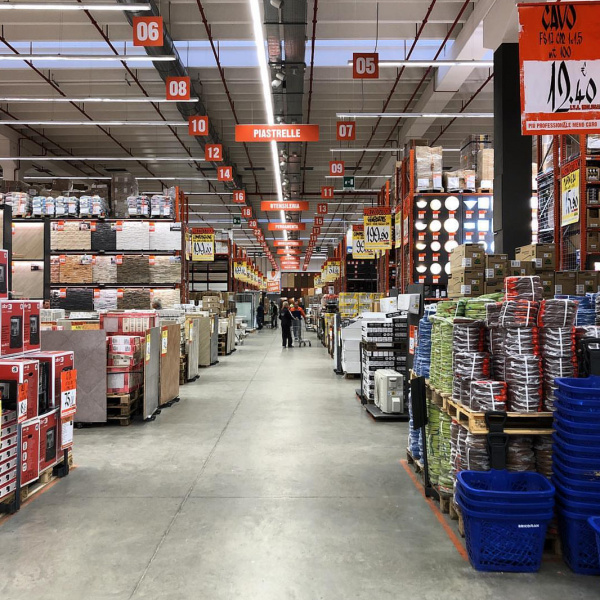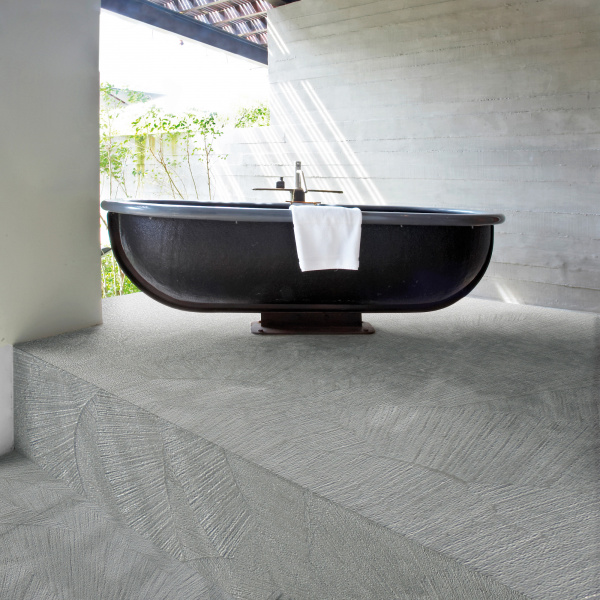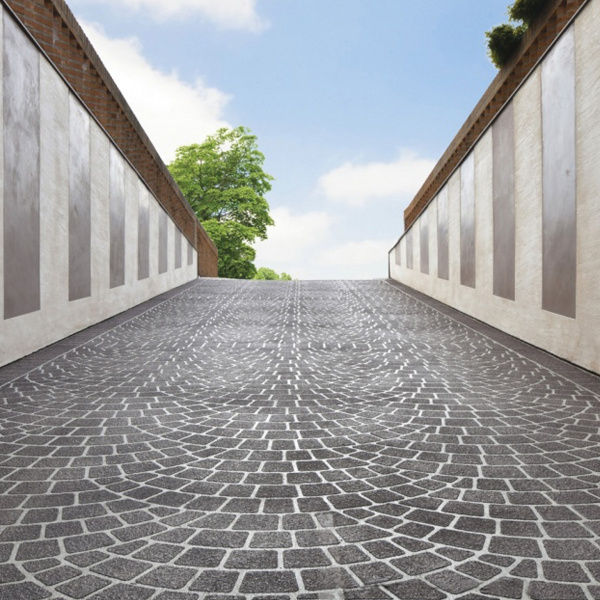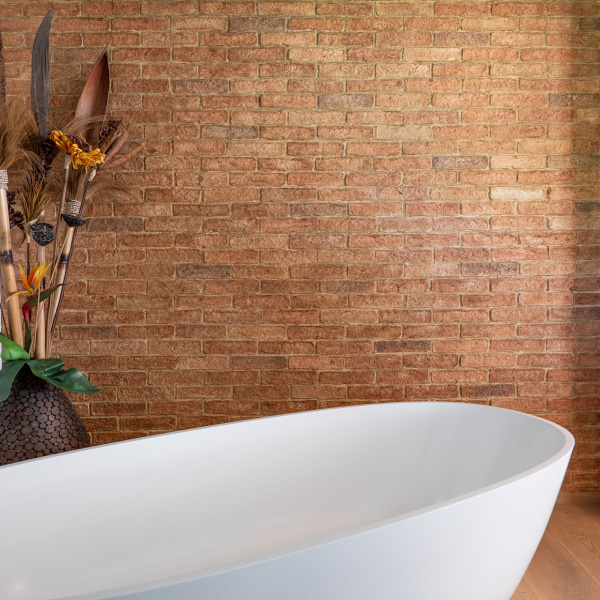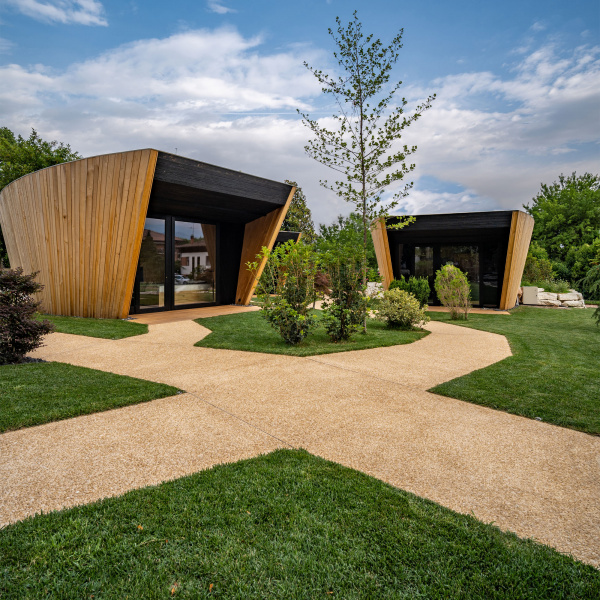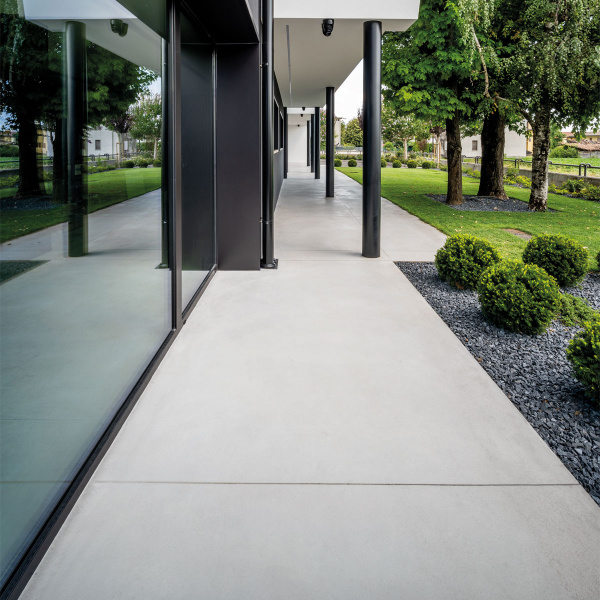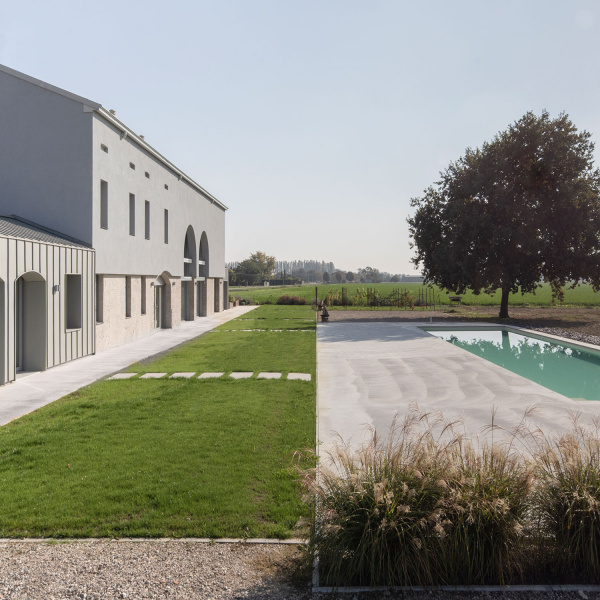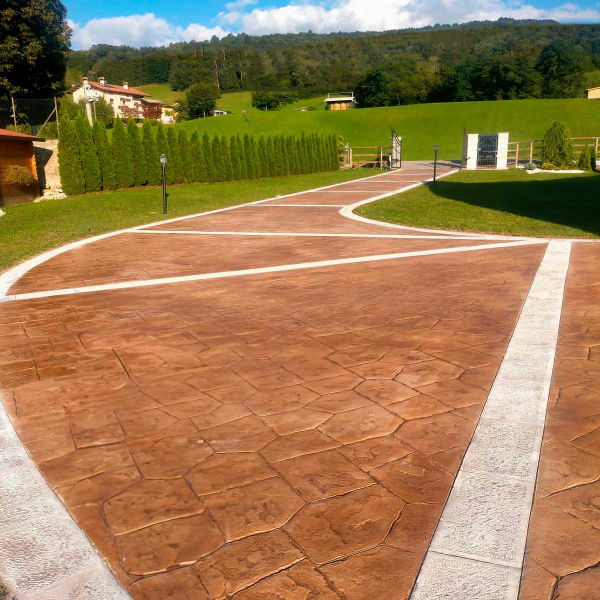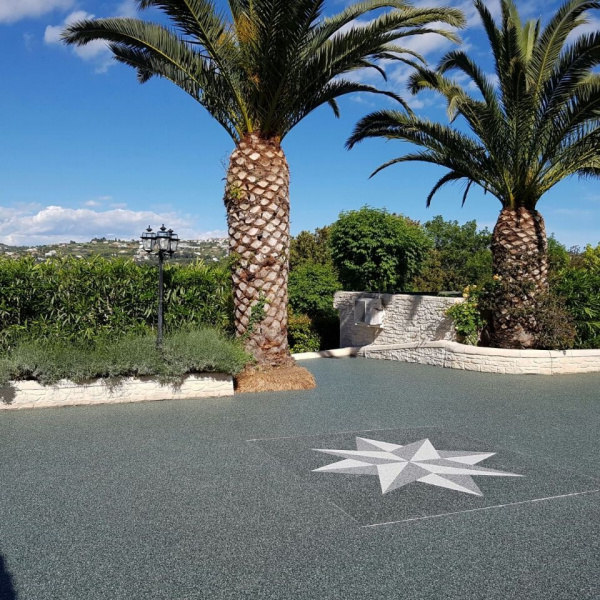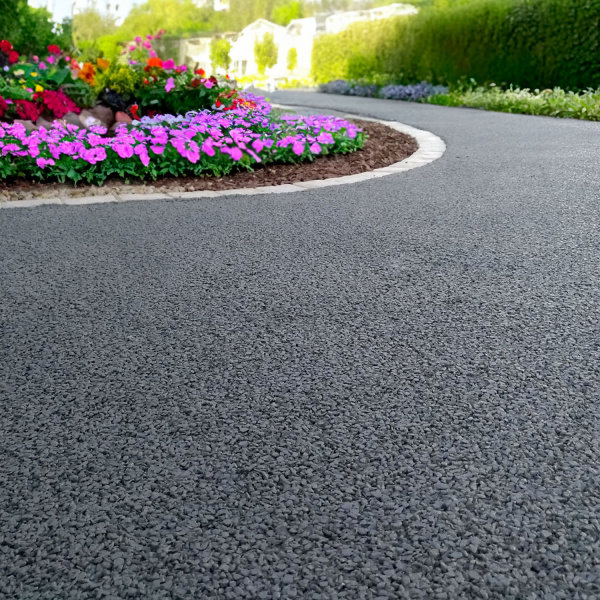Microcement on tiles is the ideal solution to give new life to any room in your home, without having to remove the existing floor or covering. An intelligent intervention that will allow you to save time and reduce costs. But let's get to how to do it.
How do I renew the floor without replacing it?
You can give a touch of novelty to every floor in your home thanks to the microcement on the floor proposed by Isoplam®.
Let's see together everything there is to know about microcement on tiles.
Microcement on tiles
The first thing you need to know about microcement on tiles is the importance of containing thicknesses. This is the reason why Isoplam® proposes its Microverlay microcement. It is an innovative design surface with an extremely reduced thickness. In fact, in just 3 millimeters, you can get your new microcement floor on tiles, without removing or demolishing them. Isoplam® microcement allows creating continuous surfaces, therefore without joints of any kind, for a sensational visual effect. But... that's not all!
Microverlay microcement is totally customizable, since it is designed to adapt to any type of environment and style, from minimal to classic.
In fact, thanks to Isoplam® you can choose from a wide range of colors, shades, and effects, such as glossy, matt, material, acidified and cloud-effect finishes.
How to clad kitchen tiles
How to cover old kitchen tiles?
The very low thickness makes Microverlay the ideal solution for renovating environments without the need to remove or demolish existing surfaces.
The excellent adhesion qualities let microcement suitable for applications on any type of material: plasterboard, ceramic, marble, mosaic, tiles, sand-cement screed, concrete, wood, self-leveling. Isoplam® microcement is perfect for covering kitchen tiles and, thanks to its continuous surface without joints, it is also easy to clean, completely waterproof, washable as well as compatible with underfloor and wall heating.
How to cover bathroom tiles
Is microcement good for bathrooms?
If your intention is to use microcement over tiles in your bathroom, Microverlay will make it quick and easy. Let's see how.
H3> Cover bathrooms without removing tiles
If you are thinking of renovating your bathroom, you may be wondering how much time and expense will take to replace tiles. But there is an alternative!
How to cover tiles without removing them?
The answer is: using Isoplam® microcement on tiles.
How to apply microcement on tiles?
To apply the microcement on tiles, the first thing you need to do is to smooth the substrate.
Once smoothed, apply two coats of Isoplam® moisture-proof vapor barrier with interposed glass fiber mesh. Then, we move on to the application of two coats of Microverlay base or Medium with intermediate sanding and cleaning. Subsequently, two coats of Microverlay® Finish are applied with subsequent new sanding and cleaning. The application of the final protective resin makes your new microcement coating without joints, washable and waterproof as well as anti-mold and antibacterial.
Microcement on tiles: cladding systems by Isoplam®
Depending on the style of your home, you can opt for various types of microcement on tiles, in order to obtain the result that best matches your interior design.
Let's have a look at some examples.
Isoplam® offers you its low thickness Nuvolato cloud-effect floor, which is ideal for environments with a modern taste.
Skyconcrete Indoor is the perfect solution to reproduce the characteristic nuances and industrial style of low thickness Nuvolato even on existing floors, giving them new life.
This microcement coating guarantees refined aesthetic and total customization, thanks to the 34 colors available. In addition to that, it has excellent performances in terms of wear and impact resistance. Due to these characteristics, it can be chosen to renovate your interiors and make any area of your home unique: living room, kitchen, bathroom, and so on.
If you are a lover of classic style, Isoplam® offers you its low thickness Terrazzoverlay ™ coating . It is a decorative surface that allows you to reproduce the typical refined texture of the Venetian terrazzo in a low thickness, just 4-8 mm or more.
Isoplam® also transforms an evergreen type of flooring into an innovative and extremely versatile solution. In fact, the ability to customize the Italian marble blend (also by adding madreperla and natural stone inserts), allows the creation of unique, modern, refined, and wear resistant floors every time.
Microcement on tiles: costs
Here’s an example to better understand the costs of microcement coating intervention.
Is microcement more expensive than tiles?
The cost of the microcement coating over tiles depends on the type of material and effect chosen. Whether it's a cloud-effect floor, seamless concrete, of course the cost per square meter considerably changes. Purely as an indication, the cost of microcement on tiles is around € 120 / m2, a price which, as mentioned, can vary according to the material and finish chosen.
Do you want to know more about microcement on tiles?
Discover our solutions for interiors ,and our projects to find out the infinite customizations of Isoplam® products.

